Sometimes, there are images you want to create without knowing how you can create them. The imagination runs wild, while the technical abilities tell you no. One such image was created at Briese Studios with the new Briese Neos, a product of no limits and wild imagination.
We’ve all seen multiple exposure images of ballet dancers. The idea itself has been done time and time again. Yet, the way such images were done always seemed poor to me. It just wasn’t my style. I was not so much after multiple people in one image as I was looking for an abstract shape that the ballet dancers create, a shape that is nostalgic of my childhood when I was a regular at the ballet myself.
It all came about on one rainy Bavarian evening. I saw a 1970s video titled Pas De Deux, produced in Canada. Besides having incredible lighting, the video also had some very clever editing, which made it feel like slow motion while also making it look surreal. The audience is clear on what they are looking at, but at the same time, it is not clear to them what part of the motion they are witnessing. So, this was done in the ’70s with clever editing and clever manipulation. I thought to myself: Can I take this idea and make it all in-camera? Can I shoot it all with traditional technique?
The Brief
While generally, I tend to be fairly sure of how to light things, this was a situation where I was as unsure as ever. I knew I needed incredibly bright highlights on the entire body with a very dramatic and quick falloff. Moreover, I knew I needed a wide light spread so the dancers could move freely, independent of the lighting. Additionally, I knew I had to somehow create multiple exposure effects, all in one frame. Lastly, I wanted ultimate consistency as well as sharpness so that these exposures would all look like part of the film mentioned previously. The task seemed quite difficult. Why not just take a bunch of photos and put them together in Photoshop? Sure, you can. But where’s the fun and challenge in that? While I am a digital photographer, I do like to class myself as a traditionalist. I enjoy taking images where I can say that this could’ve also been done on film.
The Setup
The studio of choice for this was Briese Studio 2 in Hamburg. Having shot there previously this year, I liked the amount of space and the variety of light available in it. More on that later, though.
I chose to shoot on the Phase One XF camera with an IQ350 back and a 35mm Schneider-Kreuznach lens. You might think that this is the last thing one might want for freezing motion; however, I beg to differ. Tethering this into the new Capture One Studio made backing up and file management super easy. Lastly, the camera was placed on a Gitzo Systematic tripod to ensure it did not move a millimeter during the precise shooting process.

When it comes to light, I had probably the best light in the world for it. A total of two Briese Neos generators powering four flash heads were needed for this shoot. I used two Briese 115 H/S reflectors, along with two Briese Standard reflectors. Additionally, flags and V-flats allowed me to control the light spread and make it exactly as it needed to be. Let me explain why I chose the light I chose.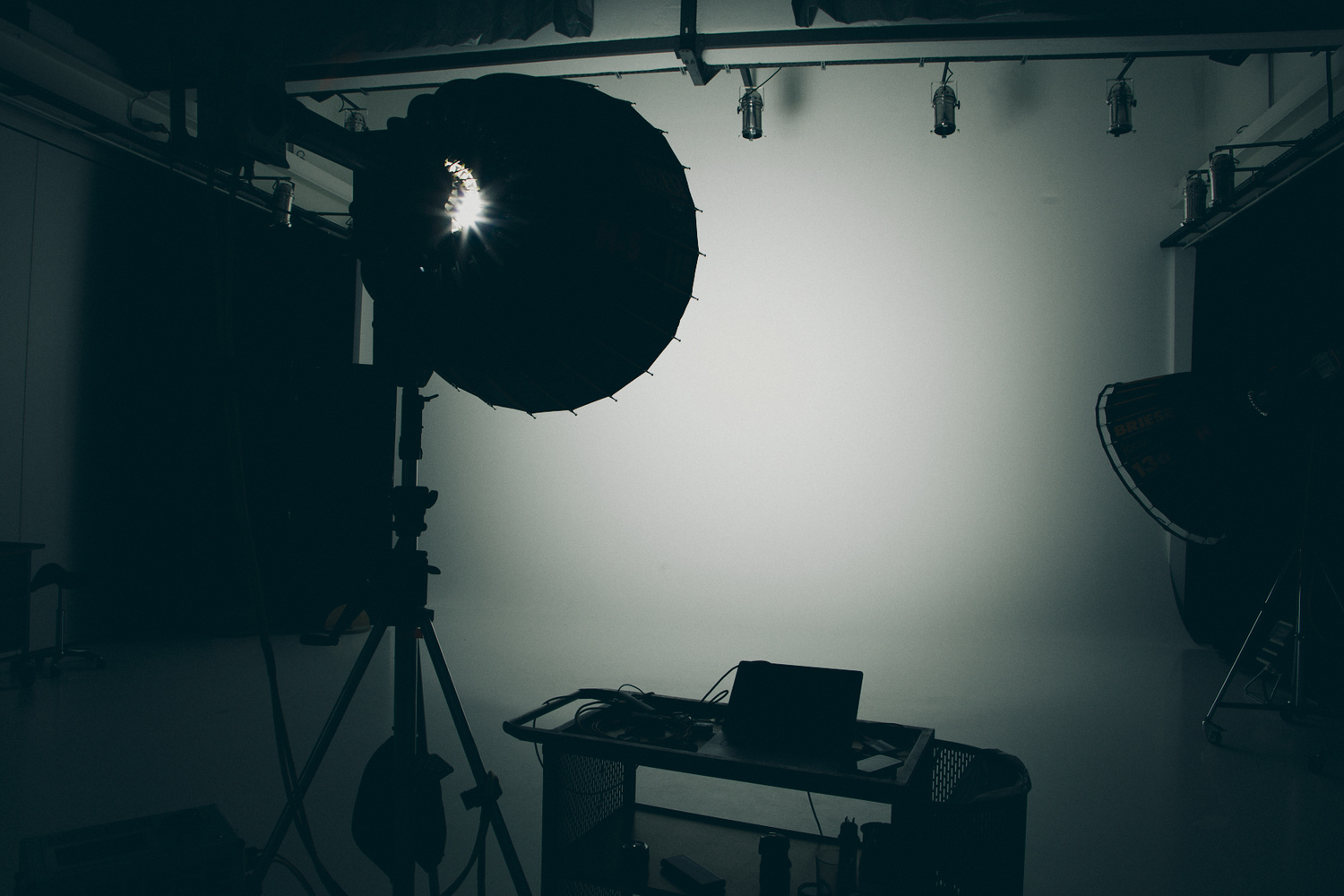
Why This Setup?
Last time I shot with Briese reflectors, I noticed the incredible ability of the 115 to focus the light into a Fresnel-like beam. Placing two of them beside the model allowed me to make a long beam of light, which would still be able to cover an area big enough for the dancers to dance freely. Unfortunately, I did end up needing an extra light at the bottom, which was simply a standard reflector. Here all I needed was something to light the legs and the floor, to make the floor a little brighter. The key light was coming from two Briese 115 Reflectors.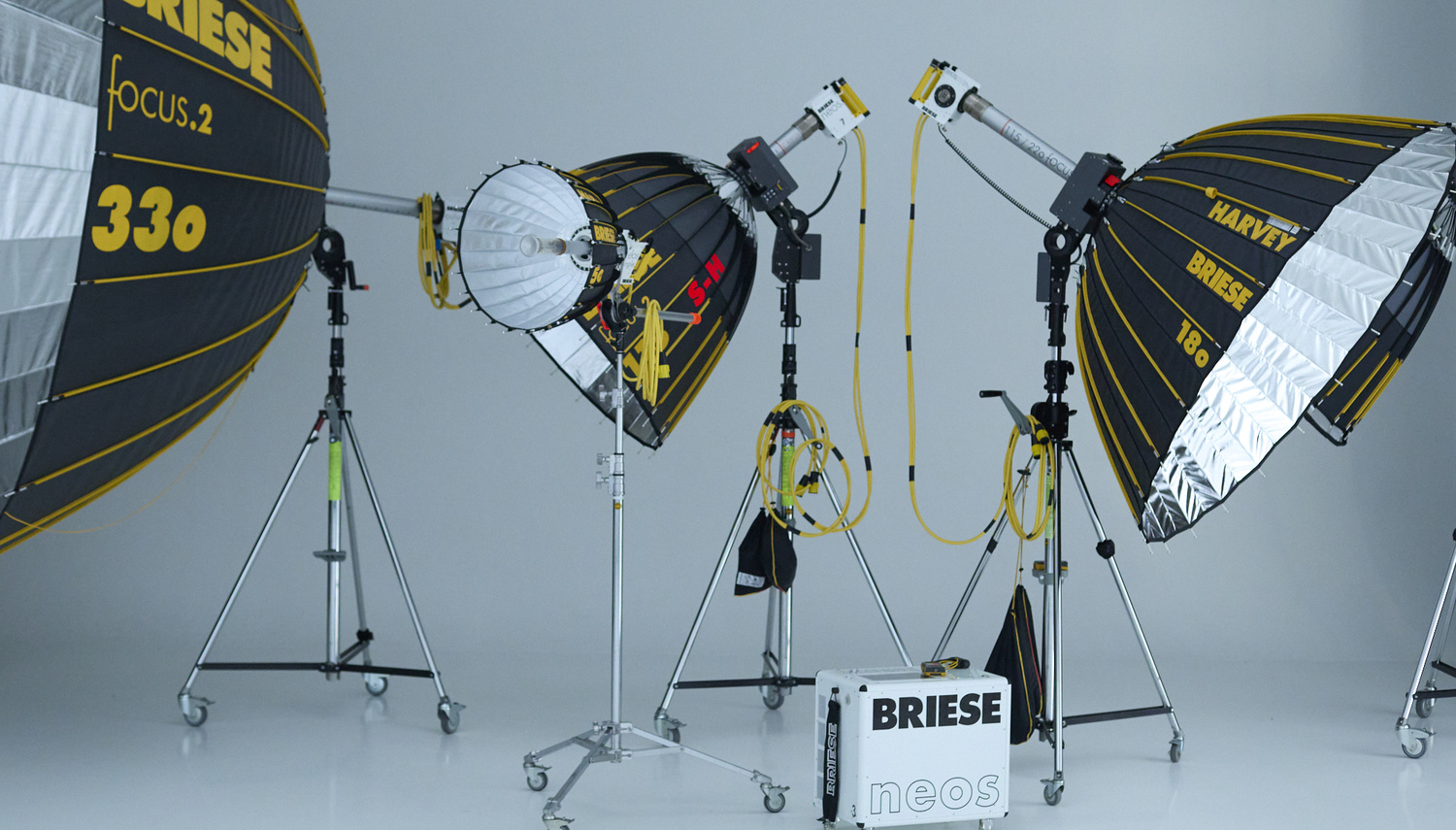
Why Neos?
While Briese has adapters for Profoto, Broncolor, and Hensel, I chose to use their own Briese Neos generator over the competitors. While larger than the Pro-11 and Scoro Packs, the Neos is impossible to compare to them. First of all, the output of the Briese Neos pack is higher, sitting at 4,800 W. You might ask why one would ever need so much output, and you would not be wrong. One can do a shoot like this with speedlights. I could not. These images will be printed on a large scale. If it comes to ultimate quality, you need a large studio and a lot of distance. The more distance, the more power you need. This is where Neos saved the day, as I was blasting it at nearly full power. Another important consideration was the flash duration. Dancers move fast. If you are blasting any generator at nearly full power, your flash duration will be greatly reduced. The generator that can do both high power, fast recycling, and consistency is the Neos. What’s more, it is also capable of HMI as well as daylight output. Really a lighting unit to rule them all, rather than just a flash generator. But enough about that. Let’s talk about how I got the shot.
How I Got the Shot

The way I got the shot was by using long exposure on the camera and exposing the image with flash several times. It was important to time the movement and flash together. In a way, my camera was the light-recording box, while the flash was the actual shutter. I was looking at the movements of the dancers and pressing the flash trigger button when it felt appropriate. One thing to keep in mind was that I could not press the flash too many times, as the image would become overexposed.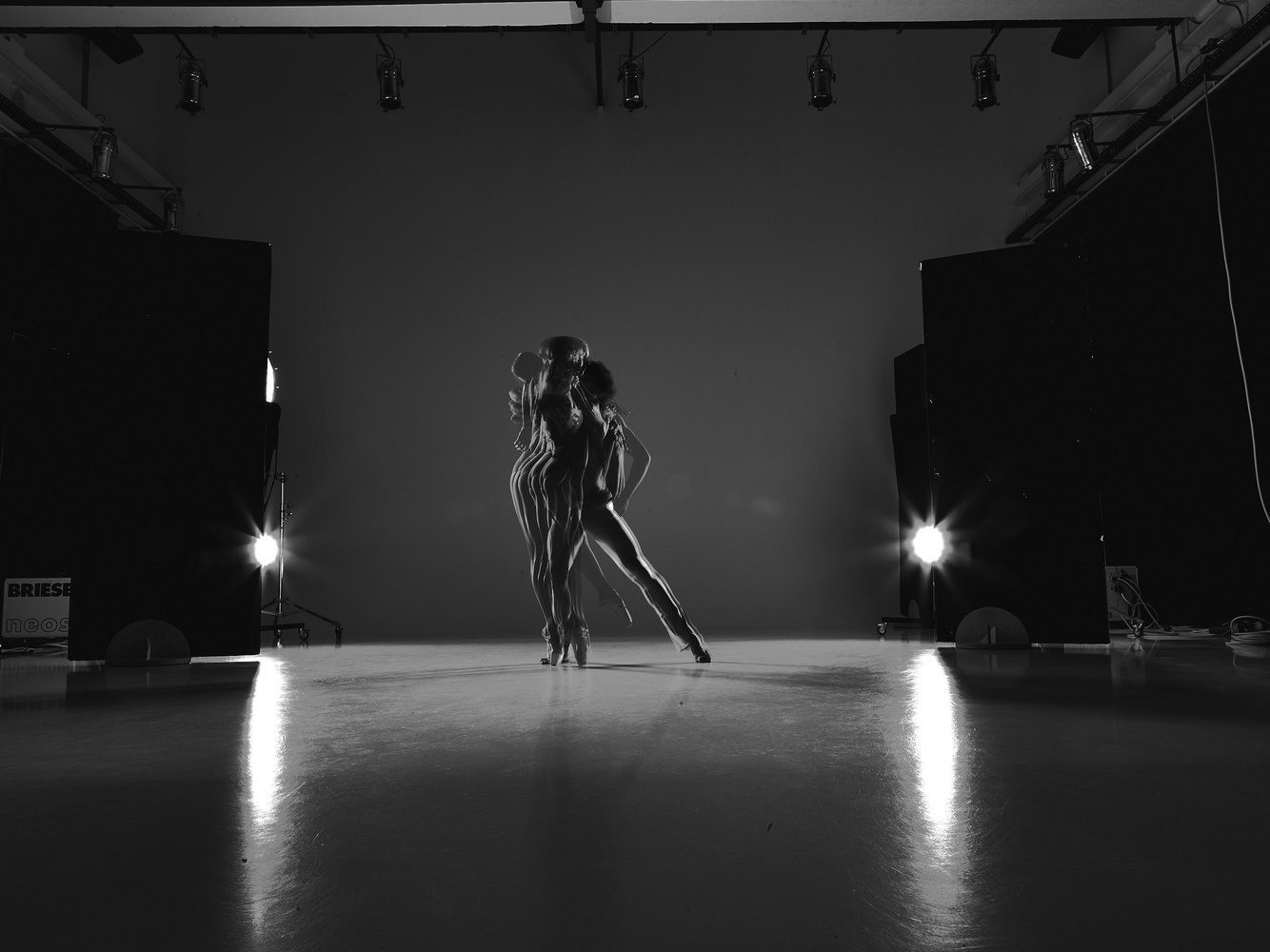
The final shot ended up looking like this: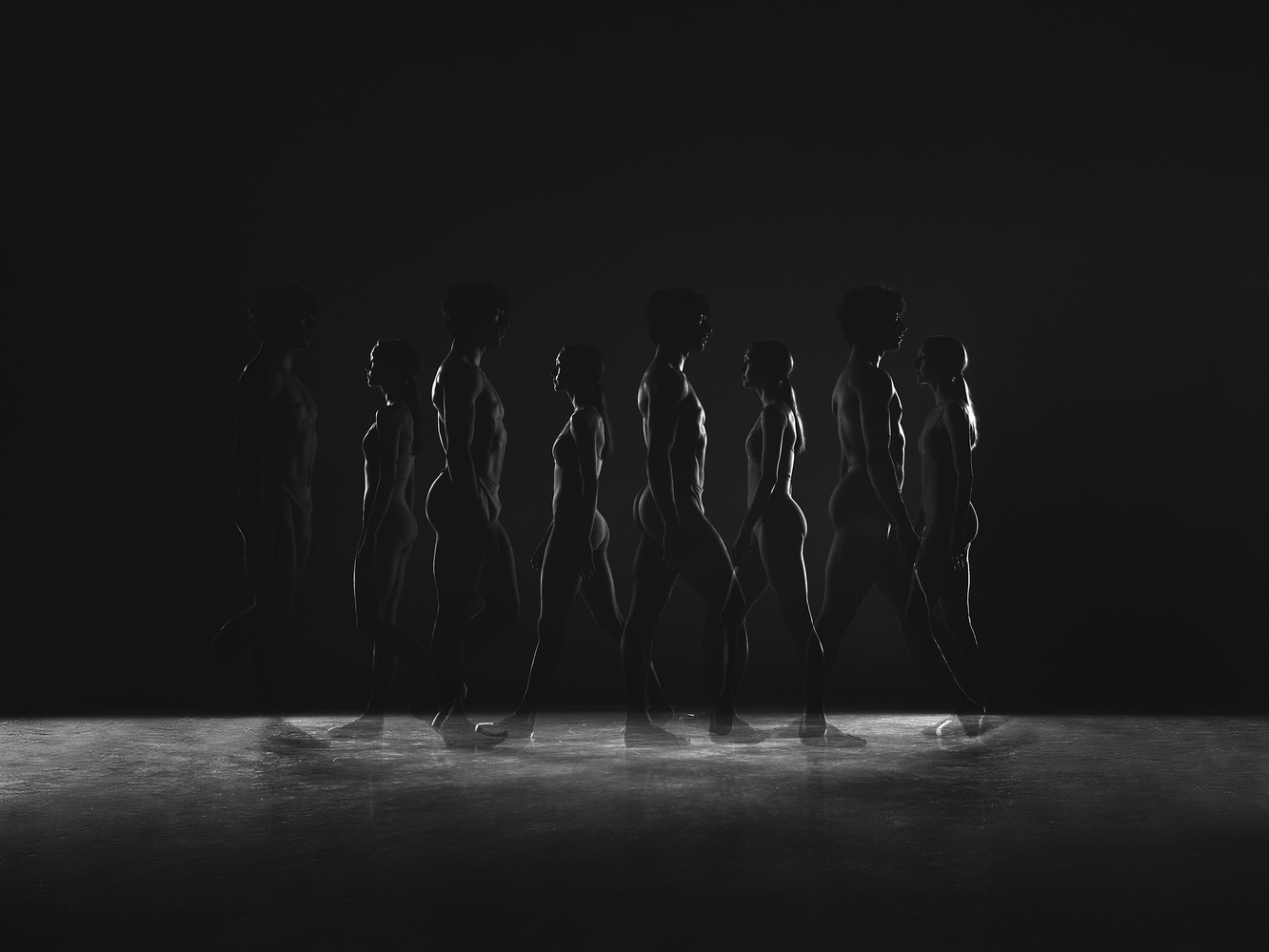

Closing Thoughts
So, there you have it. Here is how I was able to recreate, in my own way, a still from the 1970s short film Pas De Deux. With very little Photoshop involved, these images surpassed any initial expectation that I could’ve had.
I would like to thank:
- Louis Muslin and Charlotte Larzelere in front of the camera.
- Briese Studios, in particular, Martina and Yvonne.
- Greig Jackson, for retouching.
- And my assistant Leo.
If you are interested in renting or purchasing Briese products, contact your nearest rental house or Briese directly.
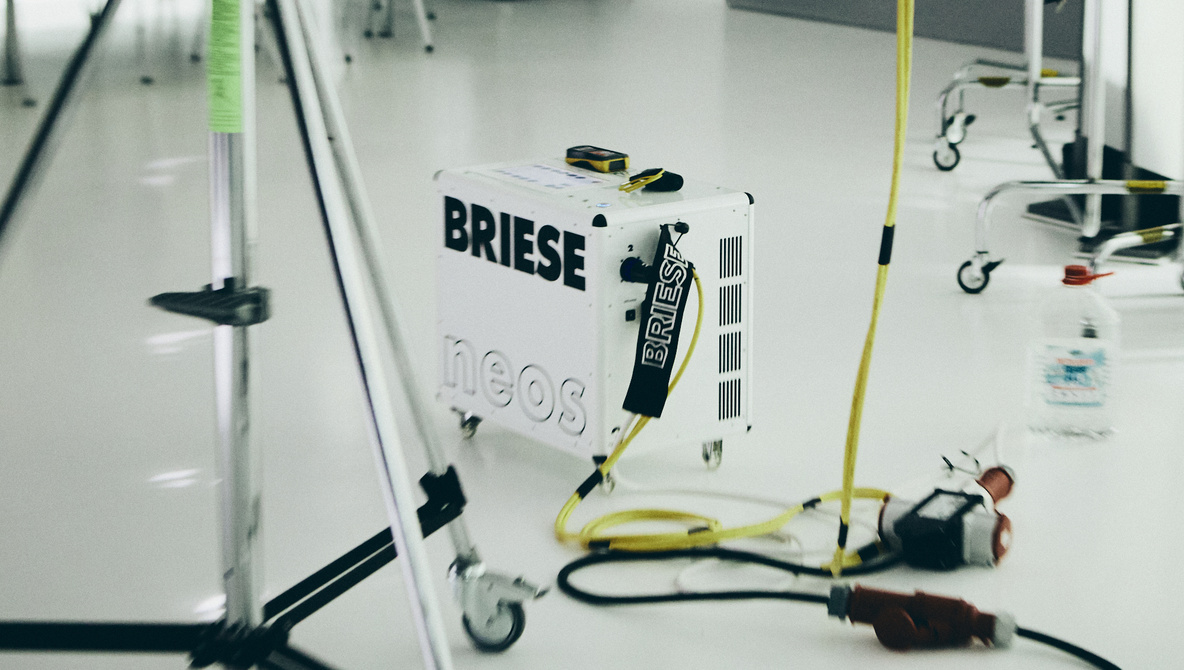
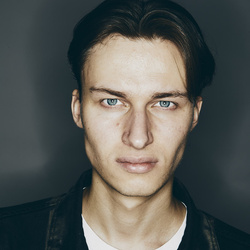






Is this a sponsored post?